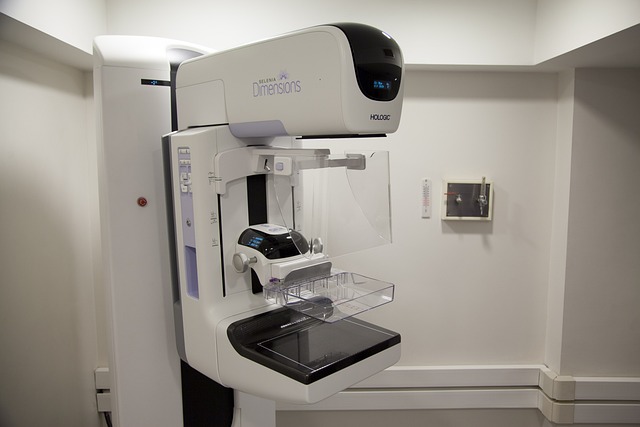In today’s rapidly evolving healthcare landscape, technological advancements have become integral to modern medical practices, revolutionizing patient care, diagnostics, and treatment methods. Within hospitals, a variety of advanced machines serve as essential tools for healthcare professionals, allowing them to perform precise and efficient medical procedures. Let’s explore some of the most impactful technical machines that have transformed hospital-based healthcare.
MRI (Magnetic Resonance Imaging) Machines:
MRI technology has significantly improved diagnostic imaging by generating highly detailed images of internal organs, tissues, and bodily structures. Utilizing powerful magnetic fields and radio waves, MRI machines provide critical insights that aid in diagnosing conditions such as tumors, neurological disorders, and injuries, enabling timely and effective medical interventions.
CT (Computed Tomography) Scanners:
CT scanners leverage X-ray technology to create detailed cross-sectional images of the body, allowing medical professionals to examine internal structures with precision. These machines are indispensable for diagnosing various health conditions, including bone fractures and cardiovascular diseases. With their rapid scanning capabilities and superior image clarity, CT scanners enable swift and accurate diagnoses, leading to improved patient care.
Ultrasound Machines:
Ultrasound technology utilizes high-frequency sound waves to capture real-time images of organs, tissues, and blood flow patterns. Frequently used in fields like obstetrics, cardiology, and internal medicine, ultrasound machines allow for non-invasive assessments. They are crucial for monitoring fetal development, detecting medical anomalies, and guiding minimally invasive procedures with remarkable accuracy.
X-ray Machines:
X-ray machines continue to be a cornerstone of diagnostic imaging, allowing physicians to visualize the skeletal system, identify fractures, and locate foreign objects within the body. Thanks to advancements in digital radiography, modern X-ray machines now offer higher image quality, lower radiation exposure, and improved workflow efficiency, making them vital for emergency rooms and routine medical screenings.
Surgical Robots:
Robotic-assisted surgery has ushered in a new era of precision in medical procedures, enabling surgeons to perform complex operations with greater accuracy and minimal invasiveness. These sophisticated robotic systems enhance dexterity, reduce incision sizes, and minimize tissue damage, leading to shorter recovery times and better patient outcomes. From laparoscopic procedures to intricate neurosurgical operations, surgical robots epitomize the integration of cutting-edge technology in healthcare.
Ventilators and Respiratory Support Devices:
Ventilators and respiratory support systems are crucial for patients experiencing respiratory distress or compromised lung function. These life-saving machines assist with oxygen delivery and breathing, playing a vital role in intensive care units, emergency rooms, and surgical settings. Modern ventilators feature adjustable settings, real-time monitoring, and non-invasive ventilation modes, ensuring tailored respiratory support for each patient’s needs.
Automated Medication Dispensing Systems:
Automated medication dispensing systems have revolutionized hospital medication management, improving safety, efficiency, and accuracy. These systems automate the storage, dispensing, and tracking of medications, significantly reducing errors associated with manual distribution. By integrating with electronic prescribing platforms, these automated solutions ensure standardized medication practices and enhance overall patient safety within healthcare facilities.
Conclusion:
The deployment of advanced technical machines in hospitals represents a remarkable fusion of innovation and medical expertise. From state-of-the-art imaging systems to robotic-assisted surgeries and automated medication management, these technological advancements empower healthcare professionals to provide exceptional patient care, enhance diagnostic precision, and optimize treatment outcomes. As medical technology continues to progress, the future holds even greater promise for further innovations that will continue to redefine the landscape of healthcare delivery.
